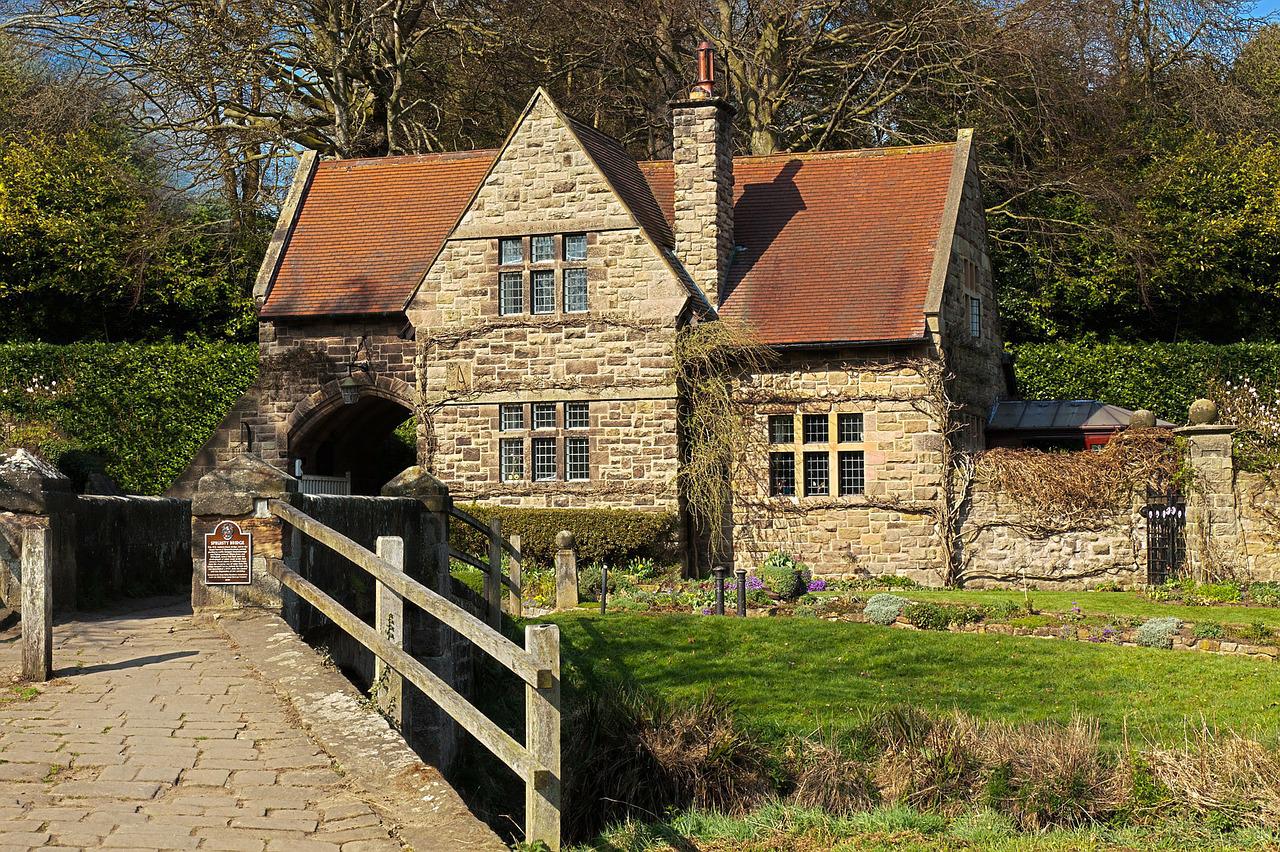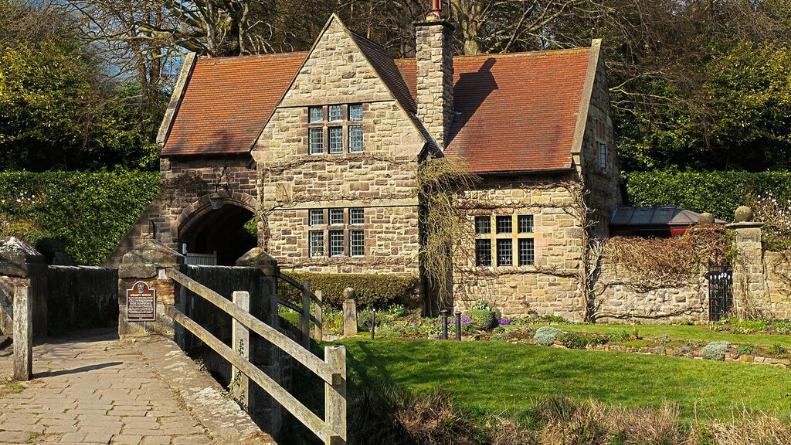A Historical View of the UK Buy-to-Let Property Market
The buy-to-let market witnessed its 25th anniversary of its introduction in September 2021. In that period, the UK’s property market has demonstrated its resiliency, enduring two recessions, a global financial crisis (GFC), the country’s departure from the European Union, and a coronavirus pandemic outbreak. Here, we consider the factors that have made the private rental sector in the United Kingdom the successful institution it has become, as well as the useful lessons that investors may take away from its development.
The historical context of buy-to-let in the UK
A long distance has been travelled by the buy-to-let market in the United Kingdom over the past quarter of a century. Much has changed in this time, and it has evolved from a small, niche market to a diverse, profitable sector of the real estate industry. September 24, 1996, the Association of Residential Landlords first established a mortgage product suited to landlords in collaboration with a limited number of lenders, and the first buy-to-let mortgage products were formally available to investors.
In response to rising tenant demand and a general chronic shortage of housing across the country, this foundation paved the way for much-needed investment into the rental property market in response to rising demand for rental properties to be available. These days, buy-to-let has established itself as a popular consideration for prospective buyers and is widely regarded as one of the best performing investment asset classes. The physical quality of real estate, as well as its track record of generating returns that have regularly outperformed those of equities and bonds, has contributed to its increasing appeal.
Because of the broad availability of buy-to-let mortgage products, the number of landlords in the private sector has increased to 2.65 million, who collectively possess an astounding sum of over £1 trillion worth of property across the United Kingdom. But how did buy-to-let manage to establish such a strong position in the market? Is there still an opportunity for property investors to make money in this sector?
The UK’s heyday of homeownership in the 1990s
The UK can trace its buy-to-let sector back to the 1970s and 80s, even though the buy-to-let mortgage didn’t arrive until the 1990s. It was the UK’s PM, Margert Thatcher, who introduced significant changes that birthed major changes in the homeownership sector.
At the time of Thatcher’s appearance as Prime Minister in 1979, UK homeownership was only just over 50%. It was the introduction of the Right to Buy policy, enshrined in the Housing Act of 1980 by the Conservative government, that led the way to a huge jump in homeownership.

By the mid-1990s, this new Right to Buy policy propelled the private ownership of the housing stock away from the public sector. By this time, over two million homes in the UK had changed hands into private ownership. An additional factor that helped this transfer of property into private hands was the 100% mortgage, which gave access to the property market for many more people than previously. So, in just a 15-year period, the UK saw a huge leap in homeownership.
To add to the historical context, we must also consider that UK new-build housing has dramatically declined since the 1980s. According to statistical data provided by the Office of National Statistics (ONS), new house building has dropped by a remarkable 44% in a 35-year period, from 1980 to 2014. The situation has not improved much despite government promises to tackle the shortfall in new home building.
The 1990s saw a heyday for UK homeownership, and this was even with a 90s recession which slowed the trend somewhat. By the time we entered the new century, UK homeownership had hit 70%, which coincided with the growth of the private rental sector. It was the introduction of the buy-to-let mortgage in 1996 that helped the sector gain greater momentum.
The global financial crises (GFC)
Around the early 2000s, the number of people in the UK who owned their homes started to decline. According to data from the Resolution Foundation, factors contributing to this decline were things like low wage growth and low housing stock available for purchase. Importantly, this downward trend in homeownership has not shown any signs of reversing.
At that time, much like what we see today, most people were priced out of the market, and by about 2007, the average property price had reached a record high of just over £180,000. With many finding it hard to buy their first home, it was about 25 to 40% cheaper to rent a home than to buy one, leading to many being persuaded to opt for renting.
The property market fell on tough times after the 2008 GFC hit the sector, as the housing market crashed, and lending largely dried up. Between 2008 and 2010, about 50% fewer loans were approved for buy-to-let purchases, representing a drop from £45.7 billion in 2007 to £28.5 billion a year later and then to a low of £8.6 billion by 2009.
The market, on the other hand, recovered swiftly, growing from £9.6 billion in 2010 to £37.9 billion in 2015. Buy-to-let investment soared in the span of only 5 years, with the ensuing boom years forever altering the face of the private rental sector as we know it. In a very short period, the number of privately rented homes reached a peak, going from three million to more than five million in a short time.
Buy-to-let in today’s property sector
Several factors have converged to help facilitate the healthy buy-to-let sector we currently see in the UK. Tenant demand is strong and is a key factor in this sector. Remote working, which has increased significantly as a result of the pandemic, and affordability issues have led to an increase in the number of people looking to rent rather than buy their own home.
The so-called “generation rent,” the young people that opt for renting as opposed to buying, means that buy-to-let property investing is a booming sector. Young professionals can also benefit from the rental market, which allows them to rent city centre homes for a fraction of the cost of purchasing one, allowing them to achieve a better work-life balance.
“Investor interest in the buy-to-let property market remains very high,” noted Jamie Johnson, CEO of FJP Investment “despite challenges in the market in recent years. With the introduction of a 3% Stamp Duty surcharge on buy-to-let property, changes to mortgage interest tax relief, and more in-depth rent background checks in recent years, the market has adjusted. However, despite the implementation of new regulations, the demand for buy-to-let properties remains unquestionably strong.” Indeed, as many property investors are well aware off, properties bought back in 1996 have risen by 1,400%, showing how much potential still exists in the property sector.
ARE YOU READY TO START INVESTING?
Subscribe to our mailing list now for exclusive deals, investment guides and the latest information from the property market.







